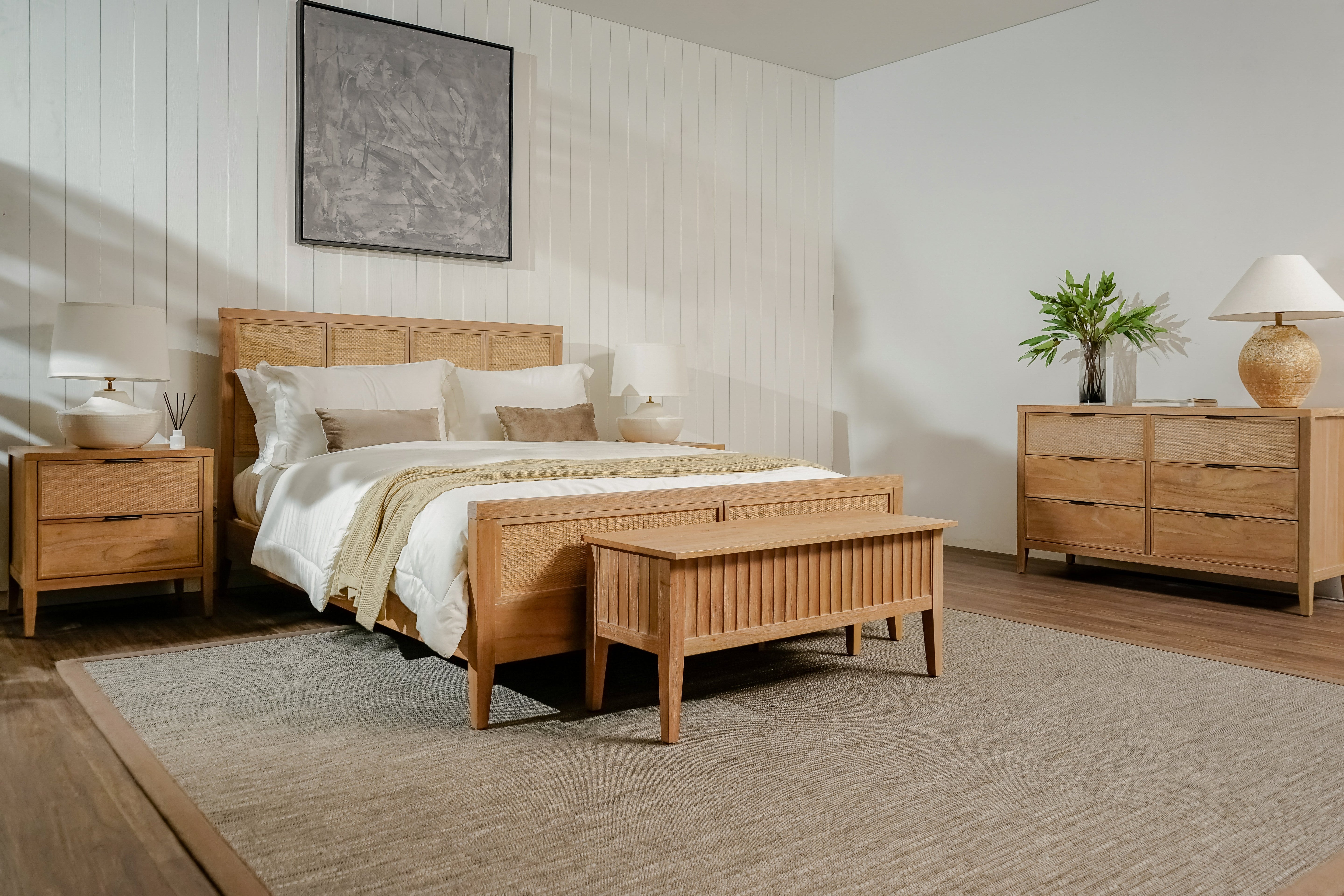The Art of Space: Making Small Rooms Feel Spacious Through Smart Furniture Arrangement

There’s something uniquely comforting about a small room — a space that feels intimate, personal, and full of character. Yet, designing it can be a challenge. How do you make it feel open and airy, without losing its warmth and charm?
The answer lies not in the size of the room, but in how you arrange it.
Good furniture arrangement is like good conversation — it flows naturally. It guides the eye, creates balance, and gives every piece a purpose. In a small space, this principle becomes even more essential. With a few thoughtful choices, you can transform a compact room into one that feels surprisingly spacious.
Start with Flow
When you walk into a room, the first impression is shaped by how easily you can move through it. Begin by considering the pathways — where do you walk, sit, and gather?
Avoid blocking sightlines with large furniture. Instead, anchor your space with low-profile pieces that open up the view.
Rounded furniture also helps create a smoother, more natural flow. Soft edges make movement feel effortless and free, reducing visual clutter and adding a gentle, organic rhythm to your space. A rounded coffee table or curved dining chair can subtly soften corners and make the room feel more inviting.
Think of furniture not as obstacles, but as elements that guide movement and energy through the room.
Choose Compact and Multifunctional Furniture

In small space design, every piece should earn its place. This is where compact furniture and multifunctional design shine. A dining table that extends only when needed, a bench that doubles as storage, or nesting tables that can be tucked away — these are quiet heroes of modern living. They adapt gracefully to your rhythm, offering flexibility without clutter.
Multifunctional furniture isn’t just practical; it also reflects a mindful way of living — choosing fewer, better things that serve you well.
Use Light and Proportion to Your Advantage
Light has the power to expand perception. Keep your palette soft and neutral to invite brightness and reflection. Let natural light flow freely by choosing furniture with open frames or glass elements.
Proportion also matters. Pairing one statement piece with smaller accents can make the space feel balanced. Too many large items, and the room feels crowded; too many small ones, and it loses depth. The goal is harmony — where every piece feels intentional.
Maximize Every Corner
Corners often go unnoticed, yet they hold great potential. A reading chair, a floating shelf, or even a small desk can turn an unused corner into a cozy, functional nook.
The key to maximizing space in a small room is creativity — seeing possibility in places others overlook. A wall-mounted shelf can free up floor space. A mirror can create depth. Layered lighting can draw attention to the areas you love most.
Design with Intention
When done right, small rooms tell a story — one of simplicity, elegance, and mindful living. They remind us that comfort isn’t measured in square feet, but in how a space makes us feel.
So rather than asking, “How big is my room?”
Ask, “How well does my space work for me?”
Because when you design with intention — when every piece has meaning and every detail has purpose — even the smallest room can feel infinitely larger.
At Casewood, we believe that thoughtful design transforms the way you live. Our handcrafted wooden pieces — from compact tables to rounded chairs — are made to bring balance, warmth, and beauty into your space, no matter its size. Because a well-designed home isn’t about having more, but about living better — naturally, and with intention.



